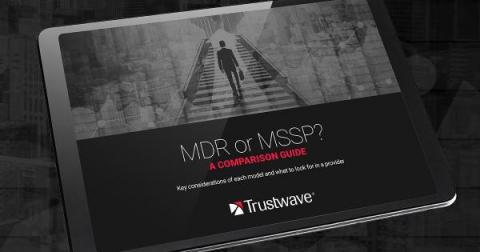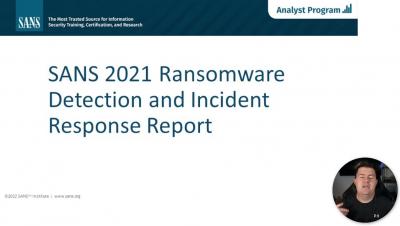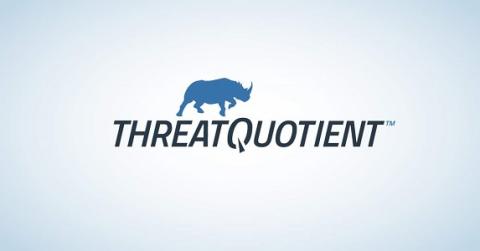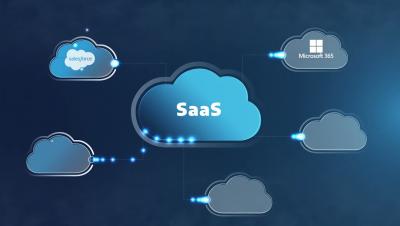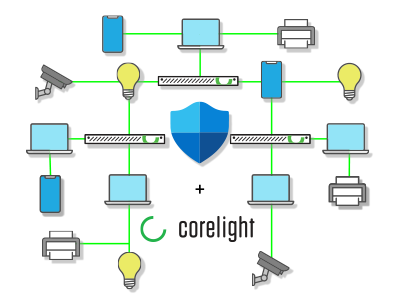Situational awareness for CISA FECB playbooks
CISA recently released a set of playbooks for the Federal Civilian Executive Branch (FCEB) to provide improved cybersecurity incident response (IR) and vulnerability response. As was demonstrated by the SolarWinds SUNBURST attack in December 2020, coordination and reporting across the FCEB continues to be a challenge. Adding to this challenge is the situation where agencies have differing playbooks on how to handle confirmed malicious cyber activity where a major incident has been identified.



